Broadleaf bellflower: description, cultivation and breeding
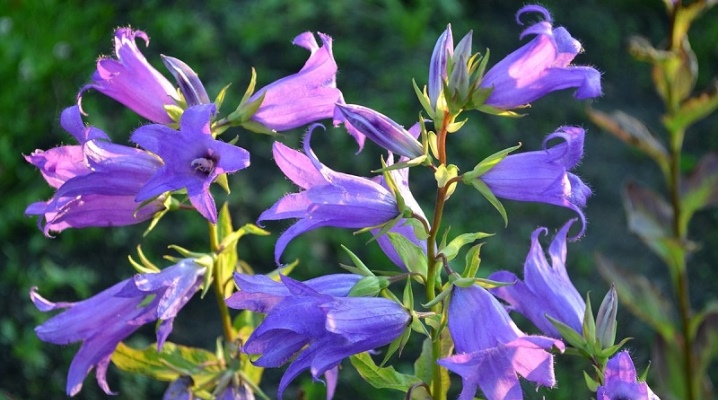
The current state of the natural environment leaves much to be desired. Unreasonable ways of human economic activity lead to violations of natural harmony in nature. Broad-leaved bells, like many herbaceous ones, do not tolerate strong mechanical stress.
Uncontrolled cattle grazing, massive collection of medicinal plants, ill-considered development of virgin lands and many other things lead to disruptions in the biological systems of the Earth. Despite the wide distribution of bluebells, the Red Book already contains pages about endangered species of these plants. It is hoped that continuous breeding work and nature conservation will help preserve these species.
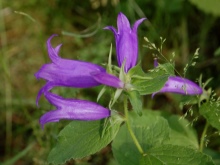
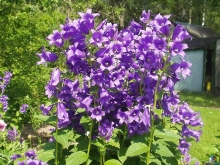
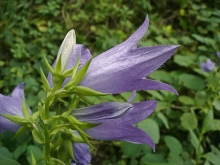
Characteristic
Broad-leaved bell is a perennial herb of the bellflower family. The Latin name is Campanula latifolia, the type is tall. In its natural environment, it is distributed in Europe, Asia Minor, the Himalayas and Altai. As a horticultural crop, it has been cultivated since the end of the 16th century (according to updated data, since 1576).
The botanical description indicates that the broadleaf bell grows up to 120 cm in height. The root system consists of a powerful rhizome with fusiform lateral roots and thickenings. The bare stem has the shape of a cylinder, in the upper part it resembles an obtuse angle. Thin leaf plates are oblong, dentate, slightly pubescent on both sides. The lower leaves are visually different from the upper ones: the lower ones are cordate with a winged petiole, the upper ones are lanceolate, sessile. Flowers in racemose inflorescences are large, painted in blue-violet colors. White flowers are much less common. Egg-shaped seeds ripen in capsules with three pores at the bottom.
The leaves and roots of young plants are edible and can be used in salting, stewing, salads and soups.
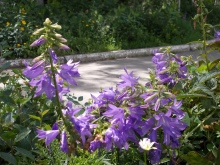
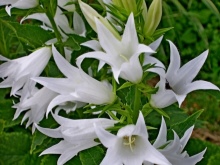
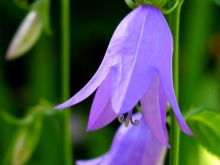
Varieties
Many natural forms of bells have successfully migrated to the gardens of flower growers. They are decorative, winter-hardy and unpretentious to care for, but not sufficiently varied in color. Breeding work with the bellflower family has been going on for several centuries. The broadleaf bell is no exception. The following varieties are the most popular:
- "Alba" will not go unnoticed anywhere - its magnificent snow-white inflorescences form lush bunches on the stem;

- "Brantwood" bright purple inflorescences, if desired by the grower, will create an ideal background for plants with a less pronounced pale color;
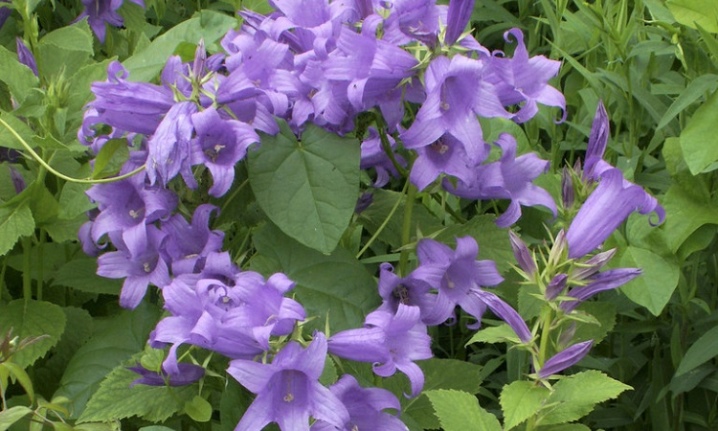
- "Makranta" has large dark purple flowers of a very rich color, collected in lush and rich inflorescences.
The breeding varieties have a higher decorative effect, a wide range of color coloration and large numerous inflorescences, but they are more demanding on growing conditions in comparison with natural forms. But still, you can always find the right variety for almost any climatic conditions.
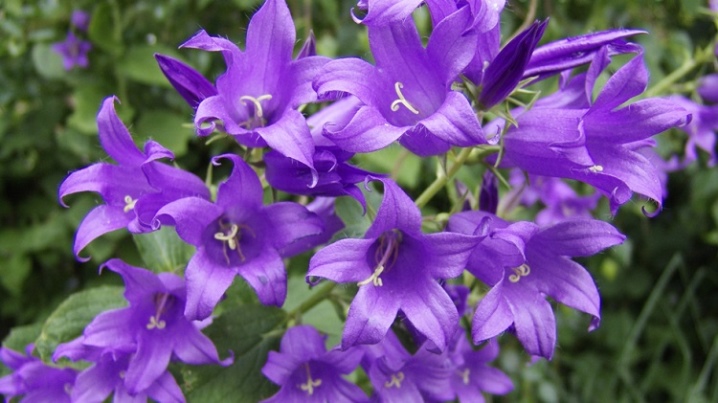
Landing rules
The broadleaf bell is unpretentious, but for digging into the ground, it is advisable to add sand and humus to the heavy soil, and sod soil and compost to the light soil. Immediately before planting, the soil should be fertilized with organic fertilizers to help the plants better cope with adaptation and provide them with nutrition for the first few years. Tall bells, which include broadleaf, are planted in increments of 40-60 cm in a row and with the same distance between rows.
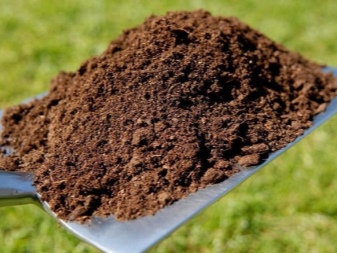
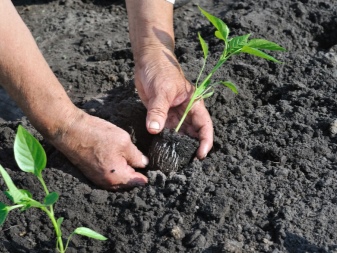
Follow-up care
It is not difficult to take care of the broadleaf bell. This is an unpretentious plant with excellent survival rate.
Watering
Broad-leaved bells do not like excessive moisture, the soil should be moist, but not waterlogged. Watering should be balanced throughout the growing season. It is important to maintain a "golden mean" so that the soil is always moderately moist, then the plants will retain their decorative properties for a long time.
Even when the bells have already faded in the current season, it is necessary to maintain the watering regime, monitor the condition of the soil, spray the plants, then next year the bells will delight the caring owner with the beauty of luxurious flowering.
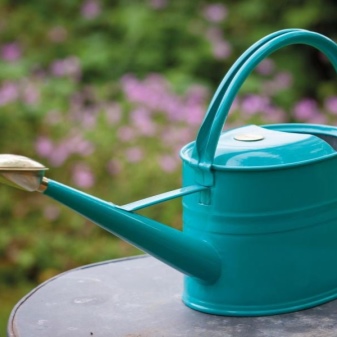

Top dressing
In the spring, when the plants grow, you need to feed them with nitrogen fertilizers (ammonium nitrate, urea). It is not bad to add wood ash to the soil at the rate of 400 g per 10 sq. m and organic matter (humus). Before budding, the bells must be fed with the NPK mineral complex (nitrogen, phosphorus, potassium) at the rate of 10-15 g per 1 sq. m. Soil quality directly affects the amount of fertilizer. The surplus inhibits the plants, for bells it is better to slightly reduce the doses indicated on the packages of the fertilizers.
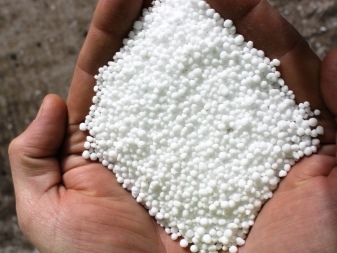

Weeding
The area must not be overgrown with a "green wall". In the spring and early summer, you will have to weed the campanula plantings several times. During weeding, it is necessary to promptly remove weeds, as well as excess overgrowth of bells sprouted from crumbling seeds, which in this case clogs the site.
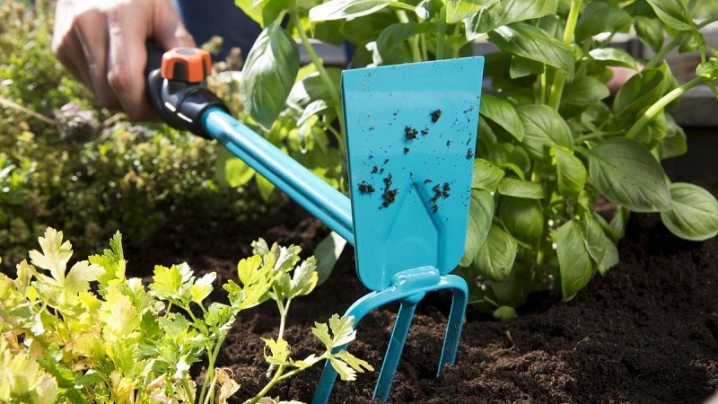
Disease and pest control
Broadleaf bellflower is a hardy plant, but some diseases and pests are still possible. Most often, in conditions of high humidity, bells are affected by powdery mildew. Control measures are as follows:
- balance watering;
- cut out the affected areas;
- regularly loosen the soil to a depth of 5–7 cm;
- treat the plantings with fungicides (Fundazol, Topsin-M, copper sulfate solution).
It is necessary to regularly inspect the plantings for the presence of aphids and slugs, if found, treat the plants with insecticides or plant infusions (for example, hot pepper infusion).

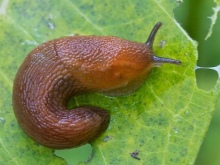

Preparing for winter
The broadleaf bell is a winter-hardy plant. Before wintering, you must carefully cut off all the old stems. In mid-latitudes, shelter for the winter is not required, but in regions with severely frosty winters it is better to "hedge" and throw coniferous spruce branches over the plantings, cover them with sawdust or small wood chips. In the spring, it is necessary to remove the shelter in a timely manner so that the landings do not undermine.
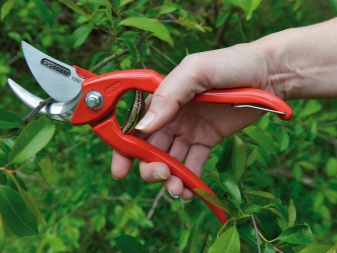
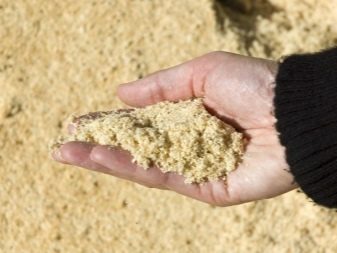
How to propagate?
The seeds ripen at the end of the season, when swayed by the wind they fall out of the capsules and self-seeding in abundance. From one stem, from 1200 to 2000 seeds can be scattered. Numerous independent shoots from self-seeding of natural forms of bells are referred to by gardeners as weeds, but excess plants are easily removed from the soil by ordinary weeding.
In nature, bells reproduce by self-seeding. Gardeners use both the seed method and the vegetative one. Seeds can be planted on seedlings, or directly into open ground. Seedlings are planted in early spring (end of March). The transplant of grown seedlings is transplanted into the garden when the frost has passed. New bells will bloom next season. In open ground, seeds should be planted later, in most Russian regions this is the end of May or the beginning of June. Seeds are scattered over the surface of the moistened soil, without sprinkling with earth. It is recommended to cover crops with foil, ventilate daily and monitor humidity. As soon as the seeds "hatch", the shelter must be removed.

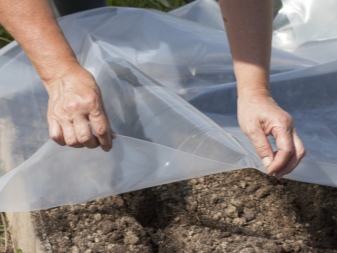
The broadleaf bellflower can be propagated vegetatively by dividing rhizomes and cuttings.It is not necessary to dig up the entire bush, it is enough to separate a small part from the rhizome with a garden spatula and immediately plant it in a prepared new place. Good survival rate, varietal characteristics are preserved completely.
Important! Cuttings are used extremely rarely, since this method is considered difficult due to the poor survival rate of cuttings.... Only experienced gardeners take it up, and beginners are generally not recommended to use cuttings.
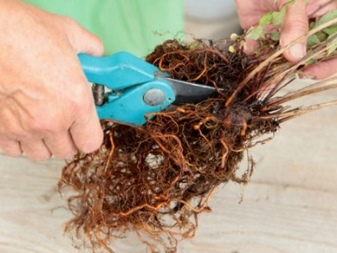
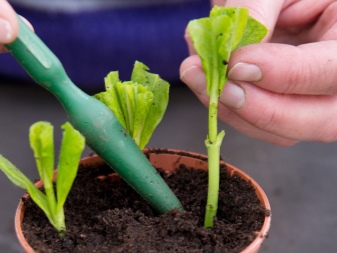
In the next video you will find more information about the broadleaf bell "Alba".







































































































The comment was sent successfully.